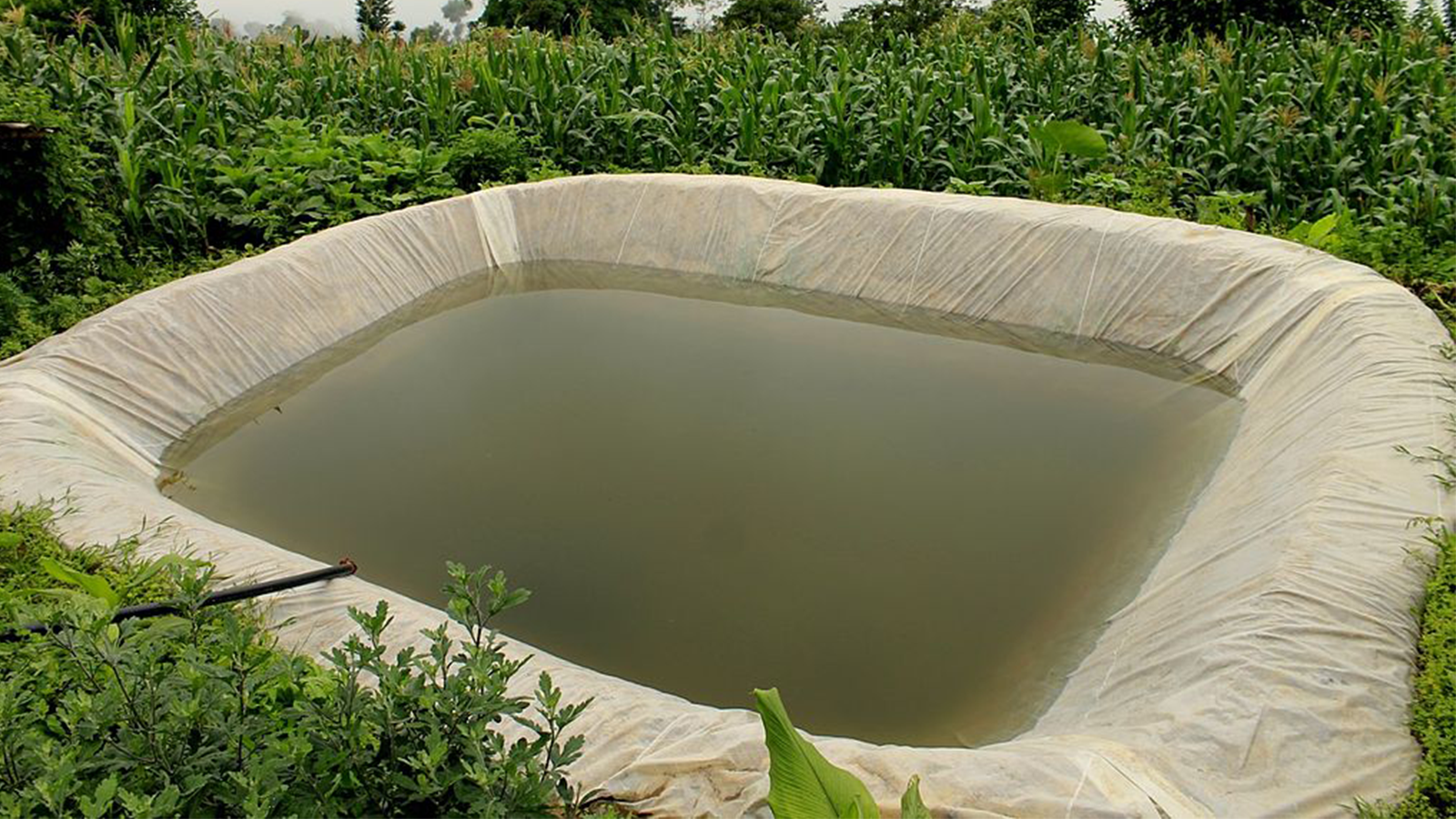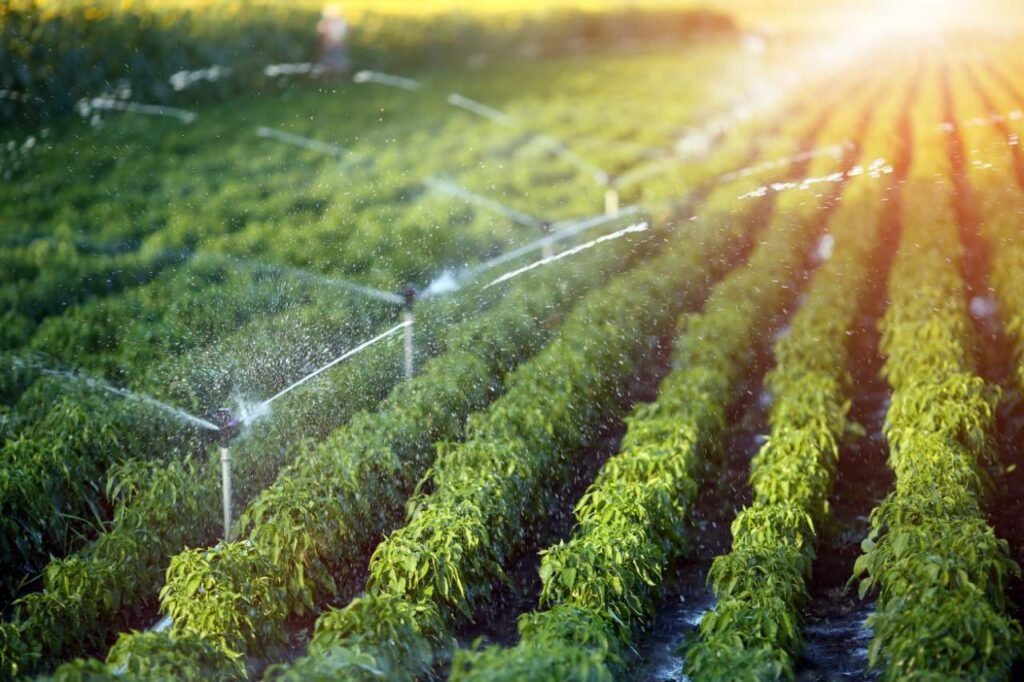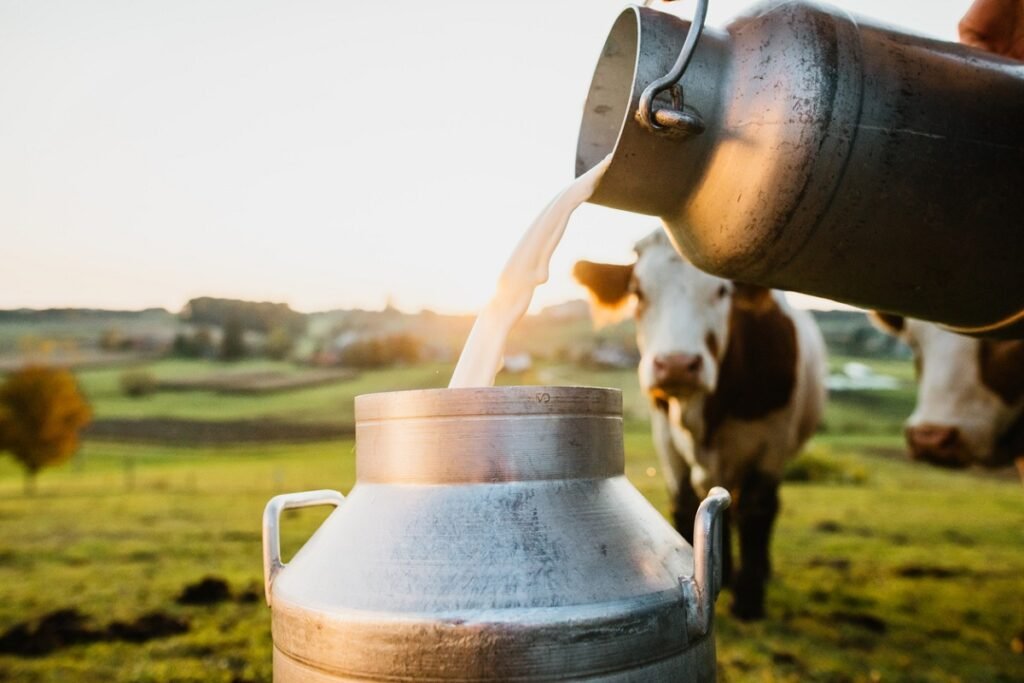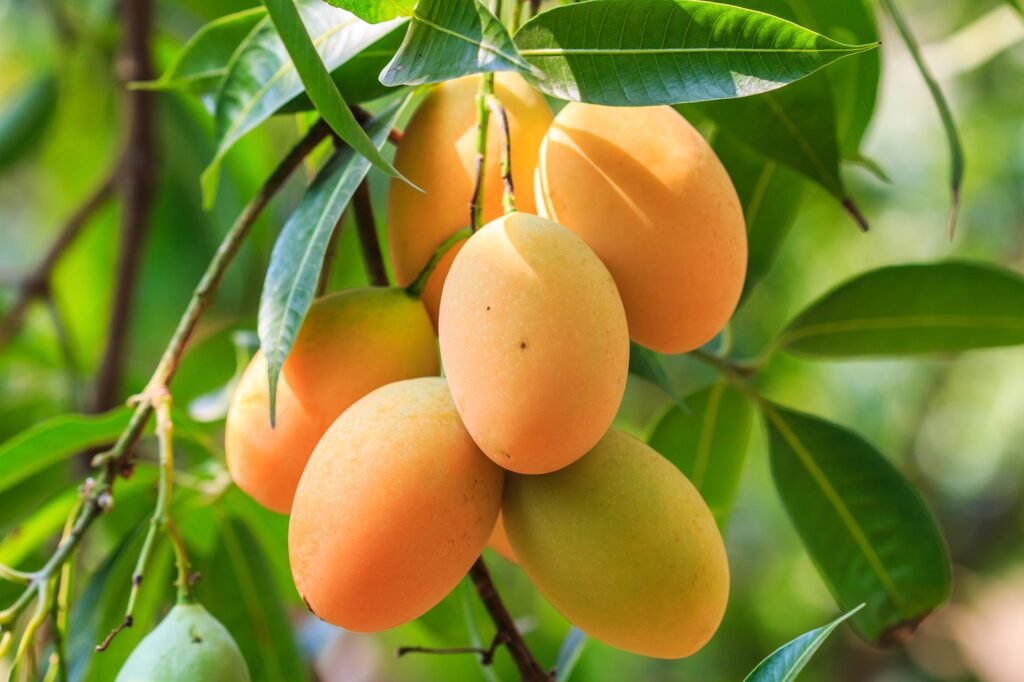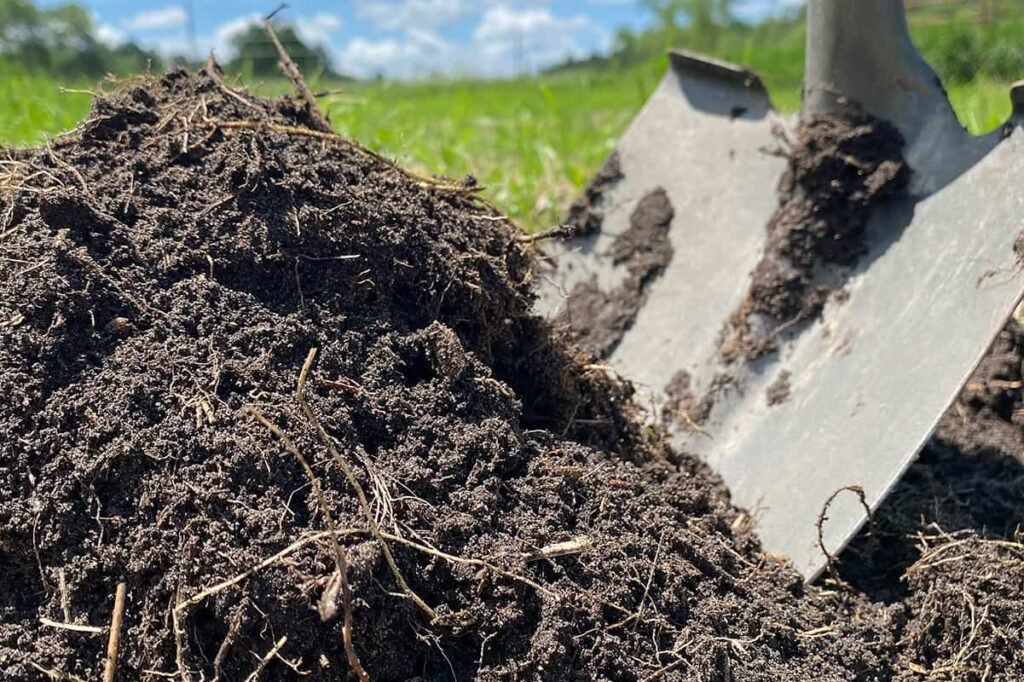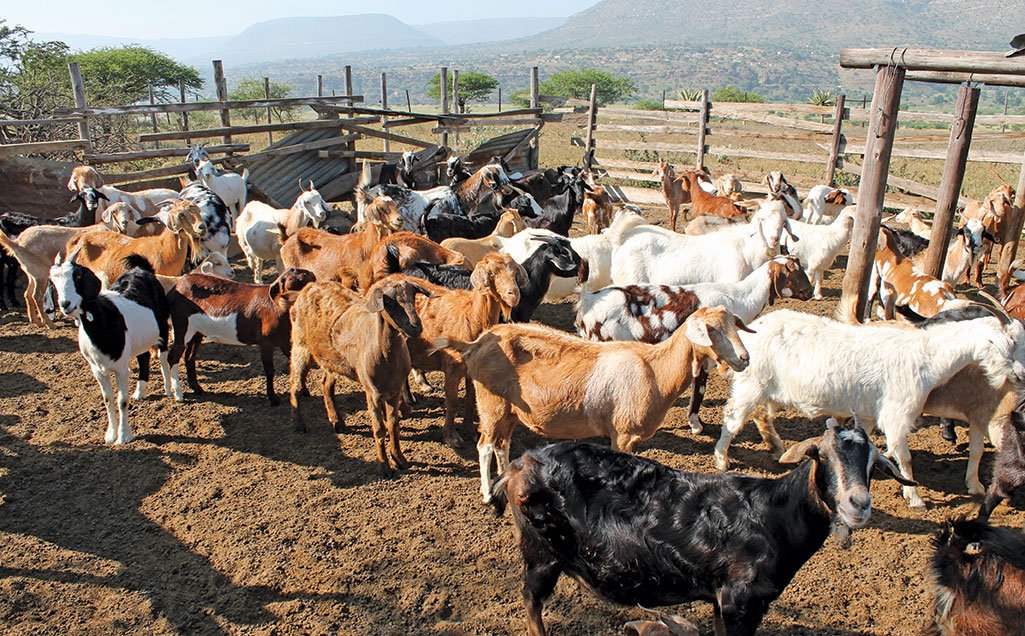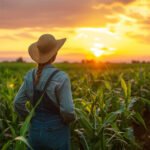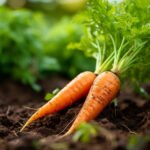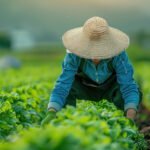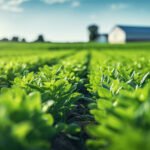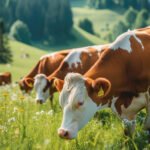Completion Date :
June 30, 2025
Clients :
Restaurants, Hotels, General Public
Location :
Jinja, Namulesa (Uganda)
Category :
Urban Oyester Farming
Water Harvesting at Ibanda Farm
Water is the heartbeat of agriculture — and at Ibanda Farm, we understand its value more than ever. Nestled in Namulesa Village, just off Kamuli Road near Busoga Growers, our farm sits in a region that experiences alternating wet and dry seasons. While rainfall is generous at times, it’s increasingly unpredictable due to climate change. That’s why we’ve embraced water harvesting as a central practice — to secure our farming future, protect natural resources, and empower the next generation of farmers.
We don’t just collect rainwater — we manage it wisely, turning each drop into growth, resilience, and opportunity.
Why Water Harvesting is Essential
Water harvesting isn’t just about collecting rain; it’s about survival, planning, and thriving in the face of uncertainty. At Ibanda, we use every rain season as a chance to prepare for the next drought. We believe that access to clean, reliable water is key to:
Ensuring year-round food production, even when rainfall is low
Providing safe drinking water for poultry, goats, and dairy cows
Maintaining hygienic animal shelters and milking stations
Reducing erosion, flooding, and nutrient leaching from our soils
Contributing to climate-smart agriculture and sustainability goals
Without water harvesting, farms like ours would rely heavily on inconsistent public supply, boreholes, or expensive trucking services — all of which limit productivity and increase risk. Water harvesting gives us control, independence, and reliability.
How We Harvest Water: Methods That Work
We use a blend of simple, cost-effective, and scalable techniques suited to our farm layout and community:
1. Rooftop Rainwater Collection
All our livestock shelters, poultry houses, and store buildings are equipped with strong roof gutters and downpipes that direct rainwater into large collection tanks. This clean water is filtered for use in:
Animal drinking troughs
Cleaning dairy utensils and poultry equipment
Occasional irrigation for high-value crops like vegetables or nursery plants
2. Surface Runoff Management
We shape our landscape to capture every drop of rain that hits the ground:
On sloped areas, we dig trenches and swales to channel water gently toward underground recharge pits
We’ve created water pans and mini-dams that store runoff for use during dry periods
We line some ponds with clay to reduce seepage and retain water longer
3. Storage Systems
We use a mix of above-ground plastic tanks, buried ferrocement tanks, and small reservoirs depending on the area and purpose. Some are gravity-fed, while others use hand pumps or solar-powered water movers.
4. Soil Moisture Conservation
Water harvesting at Ibanda goes beyond storage — we integrate it into how we grow:
We use deep mulching, compost, and cover crops to retain moisture
Beds are raised and shaped to minimize runoff and maximize absorption
Intercropping helps shade the soil and reduce evaporation loss
Integrating Water Into Our Whole System
Our water harvesting systems are carefully woven into every project at the farm:
In poultry units, gutter water helps clean cages and refill tanks
Goat shelters direct water into tanks used for cleaning and feeding
In our dairy unit, we use harvested rainwater to maintain hygiene
In matooke and maize gardens, stored water is used for critical-stage irrigation
Even compost pits benefit from occasional watering to speed up decomposition
Every part of Ibanda Farm is designed with water flow, reuse, and conservation in mind.
Training & Community Sharing
As part of our wider mission, we’ve begun training other farmers in Namulesa and surrounding areas to adopt simple water harvesting techniques. These include:
Installing gutters on iron-sheet roofs
Digging household-sized water pans
Using water jars and drums to store rain for backyard gardens
Teaching school children the importance of rainwater conservation
We believe that small-scale water harvesting can dramatically boost household food security and income, even with limited land or resources.
Future Plans
We’re working to scale and innovate, with goals that include:
🟢 Installing solar-powered irrigation pumps for fruit orchards
🟢 Expanding our rainwater tank network across new buildings
🟢 Developing a demonstration center for local farmers to learn water harvesting hands-on
🟢 Piloting a “Water for Schools” campaign that equips local schools with gutters and tanks
🟢 Using IoT sensors to track water levels, flow rates, and usage patterns for better efficiency
A Model for Sustainable Agriculture
Water harvesting at Ibanda is more than a technique — it’s a philosophy. It’s about respecting the land, preparing for the future, and making sure every resource is used wisely. By showing what’s possible through practical, affordable methods, we hope to inspire others in the Busoga region and beyond to take action — one drop at a time.

